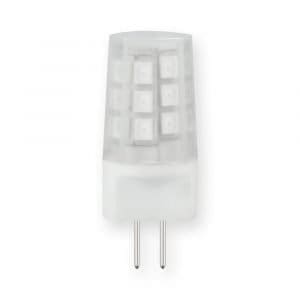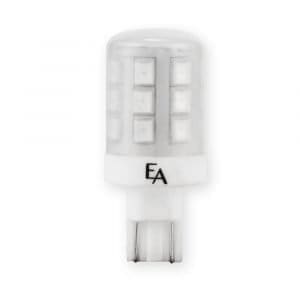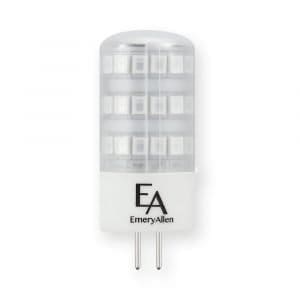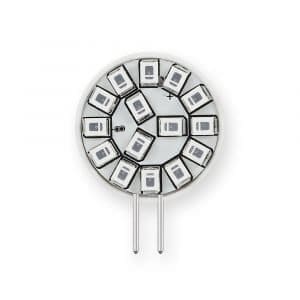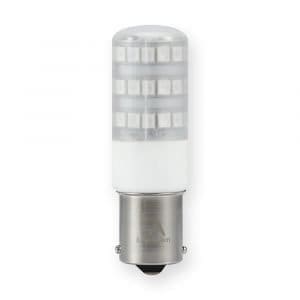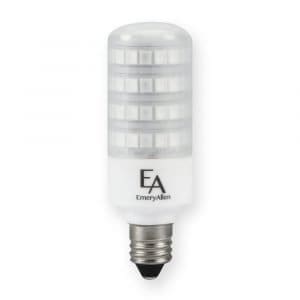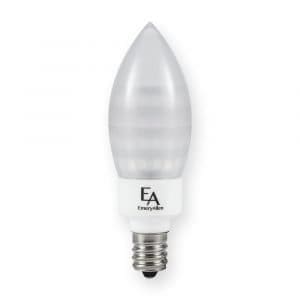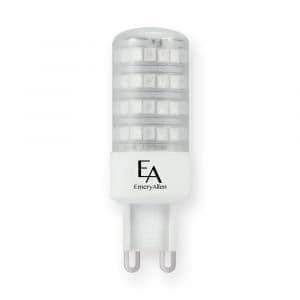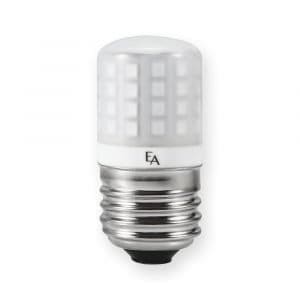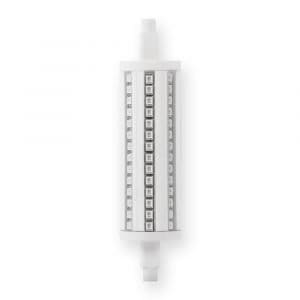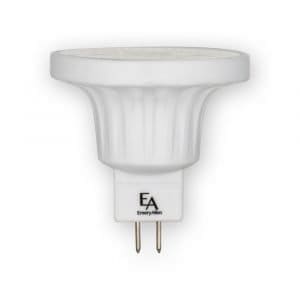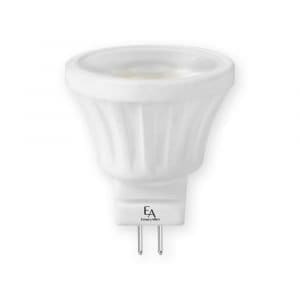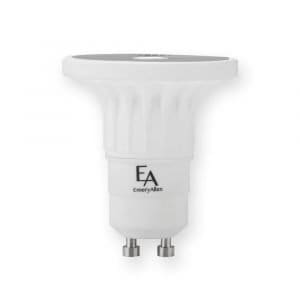Brief history:
The concept of turtle-safe lighting emerged as a response to the impact of artificial lighting on sea turtle populations. Sea turtles are particularly vulnerable to the effects of light pollution, as hatchlings rely on the natural light from the moon to navigate from their nests to the ocean. Artificial lighting from buildings and other sources can disorient them and cause them to move away from the safety of the water.
In response, conservation organizations and government agencies have established guidelines for “turtle-safe” lighting, which aims to minimize the impact of artificial lighting on sea turtles. These guidelines typically specify the type of lighting (such as low-pressure sodium or LED lighting) and the placement and orientation of lights to reduce the amount of disorienting light. The use of turtle-safe lighting has become more widespread in areas where sea turtle populations are present and has been shown to be an effective way to reduce the impact of artificial lighting on these species.
How they’re used:
LED turtle-safe light bulbs are used on beach properties to reduce light pollution and protect sea turtles. These bulbs emit light in the amber spectrum, which is less disruptive to sea turtles’ natural patterns and behaviors than traditional white light bulbs. The use of LED turtle-safe light bulbs helps prevent sea turtles from becoming disoriented, which can increase the likelihood of them getting lost or wandering away from the ocean towards homes and city infrastructure, and reduce their chances of survival. Beachfront property owners and managers can use LED turtle-safe light bulbs in outdoor lighting fixtures to reduce the impact of their lights on the surrounding wildlife and preserve the natural ecosystem of the beach.
Every municipality has a slightly different set of regulations and/or suggestions regarding the use of outdoor lighting on beachfront properties. Some require amber turtle-safe bulbs, while others allow property owners to choose their own products.
In most cases, replacing older or high-intensity outdoor lights with turtle-safe LED bulbs is the simplest and most affordable way to comply with local regulations. Some property owners also go the extra mile and install specialty fixtures that block light from reaching the beach, but these fixtures should still be outfitted with either low-wattage LEDs or low-wattage, low-pressure sodium bulbs.
Why you want them:
Coastal communities must coexist with the natural world if residents want to maintain their pristine beaches and ensure that they are not damaging the local ecosystem. Sea turtles play a vital role in coastal ecosystems, so it makes good sense to install turtle-safe bulbs if you own a home, business, or any other property near the beach.
Aside from being a good steward of the Earth and helping to protect endangered and threatened species, compliance is often mandatory, with steep fines in certain regions if local regulations aren’t adhered to. EmeryAllen carries a wide variety of these turtle-safe bulbs to fit many different fixture types. If you have any questions about our turtle bulbs or our other products, feel free to contact us.

